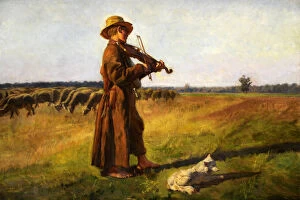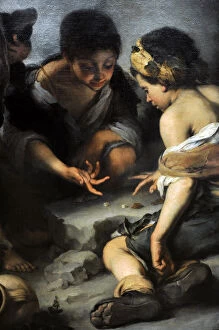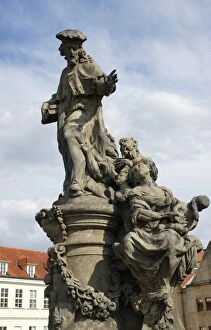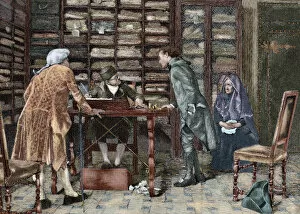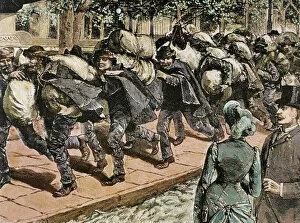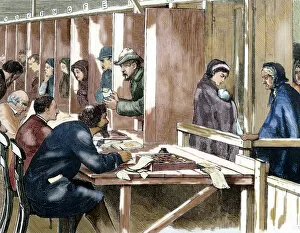Poorness Collection
"Capturing the Harsh Realities Through Art" Bartolome Esteban Murillo's painting, "Beggar boys playing dice, " from 1675
For sale as Licensed Images
Choose your image, Select your licence and Download the media
"Capturing the Harsh Realities Through Art" Bartolome Esteban Murillo's painting, "Beggar boys playing dice, " from 1675, depicts the desperation and hopelessness that often accompanies poverty. The young boys find solace in a game of chance, their innocent faces betraying the hardships they endure daily. Franciszek Streitt's "Burial of a Pauper in Germany" (1880) serves as a poignant reminder of society's indifference towards those who have fallen into destitution. The pauper is laid to rest with little ceremony or compassion, highlighting the stark contrast between wealth and poverty. Jozef Marian Chelmonski's painting "Herdsman" (1897) portrays an impoverished man tending to his meager flock amidst barren landscapes. His weathered face reflects years of struggle and resilience, symbolizing the endurance required to survive in dire circumstances. Gustave Courbet's realist movement captures the essence through his piece titled "Young ladies. " These women are not adorned with opulent jewelry or luxurious garments but instead wear simple attire, emphasizing their humble existence within an unforgiving social hierarchy. In Prague, Czech Republic stands a copy of Saint Ivo of Kermartin from 1711 alongside Old Town Bridge Tower—a juxtaposition representing both spiritual guidance and societal neglect towards those living in poverty-stricken conditions. A colored engraving from 19th-century Spain showcases a pawnshop where desperate individuals pawn their jewelry for meager sums—highlighting how even personal possessions become mere commodities when faced with extreme impoverishment. Another colored engraving illustrates "The Last Pawning" during the 18th century—an image that encapsulates despair as people reluctantly part ways with cherished belongings due to financial hardship.

